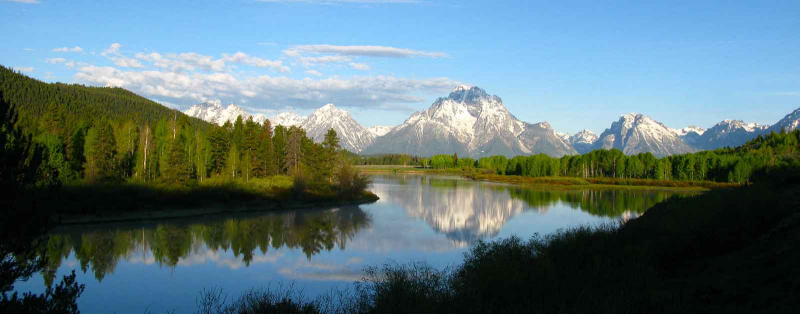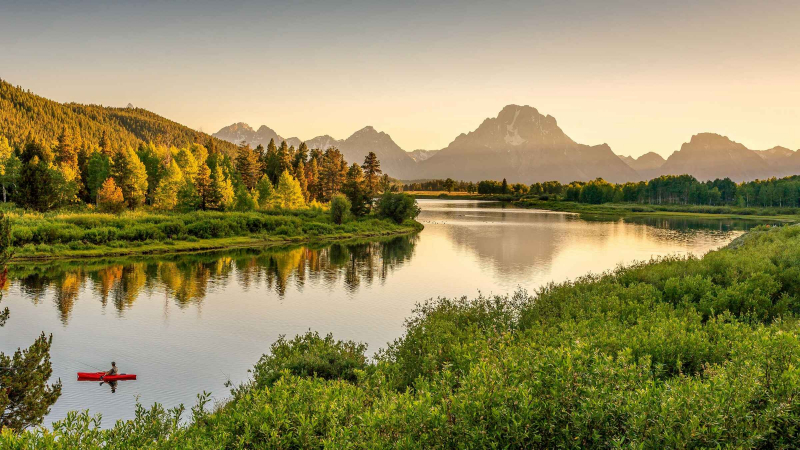Snake River
The Snake River is a tributary of the Columbia River, and it runs for 1,674 kilometers. It originates in Wyoming's mountainous area, near Yellowstone National Park, and flows south through Idaho, along the Oregon-Idaho boundary, and into the Columbia River just south of Pasco, Washington. The Snake River is divided into three segments: Upper, Middle, and Lower Snake River segments. The Upper Snake is mostly utilized for irrigation and hydropower generation, while the Middle Snake is similarly channeled into hydroelectric generators. In this way, the river serves as a very potent instrument for the governments that surround it.
Irrigation and electricity are both employed on the upper Snake River above King Hill, Idaho. The Teton Dam failed in 1976, creating catastrophic floods in the upper Snake River basin. Henrys Fork), Blackfoot, Portneuf, Raft, and Big Wood rivers are major tributaries below Heise. The Snake River is entered from the north by Henrys Fork and Big Wood. Other northern side streams go into the Snake River Plain, where they join an enormous subsurface reservoir. Twin Falls and Shoshone Falls, with drops of 65 and 212 feet, are located downstream from Milner Dam near Twin Falls city.
Length: 1,674 Km












